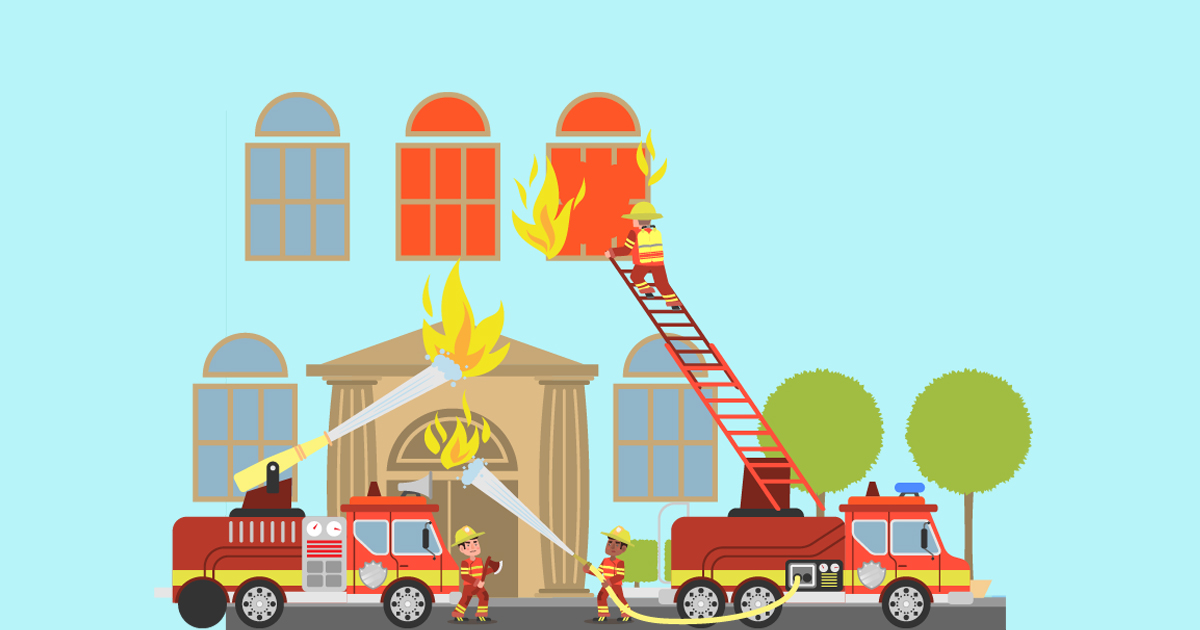The impact of changes in building materials and design on fire safety is a crucial aspect that requires attention in the construction industry. In India, where rapid urbanization has led to an increase in high-rise buildings, it is essential to consider fire safety measures in the building design process. With the recent incidents of high-rise fires, it has become evident that there is a need for a more comprehensive approach towards fire safety in building design.
Changes in building materials and design:
In recent years, there has been a shift towards using new and innovative building materials and designs that promise improved energy efficiency, cost-effectiveness, and sustainability. However, these changes have also led to new fire safety concerns, which need to be addressed.
The use of lightweight materials, such as plastic and composite materials, in building construction has become more prevalent in recent years. While these materials offer several advantages, they are also highly combustible and can increase the spread of fire. Similarly, the use of large glass facades in buildings has also become popular, but they pose a significant risk in the event of a fire, as the glass can break and shatter, leading to injuries and property damage.
Impact of building materials on fire safety:
The type of building materials used in construction plays a significant role in determining the fire safety of a building. Building codes and standards mandate that all building materials must meet specific fire safety requirements, such as resistance to flames, heat, and smoke. However, there is still a need for more stringent regulations, especially in the case of lightweight materials.
Research has shown that the use of lightweight materials in building construction has contributed to the increase in the spread of fire in high-rise buildings. In a recent study conducted in India, it was found that the use of lightweight materials in building construction has led to a 10% increase in the spread of fire compared to buildings constructed using traditional materials.
Impact of building design on fire safety:
Building design also plays a crucial role in determining the fire safety of a building. Fire safety measures must be incorporated into the design process, from the initial planning stage to the final construction phase. Some of the key design factors that impact fire safety include the location of fire exits, the size and location of windows, the placement of fire alarms and sprinklers, and the width and construction of staircases.
In India, the National Building Code (NBC) mandates that all buildings must have adequate fire safety measures in place. However, there have been instances where builders have flouted these guidelines, resulting in tragedies such as the Kamala Mills fire in Mumbai, which claimed 14 lives.
Conclusion:
In conclusion, changes in building materials and design can have a significant impact on fire safety. While new and innovative materials and designs offer several advantages, they also pose new fire safety concerns that need to be addressed. Building codes and standards must be updated to incorporate more stringent fire safety regulations, especially in the case of lightweight materials. Additionally, fire safety measures must be incorporated into the building design process to ensure that buildings are safe for occupants. By taking a comprehensive approach towards fire safety in building design, we can ensure that our buildings are not only sustainable and energy-efficient but also safe for occupants.








